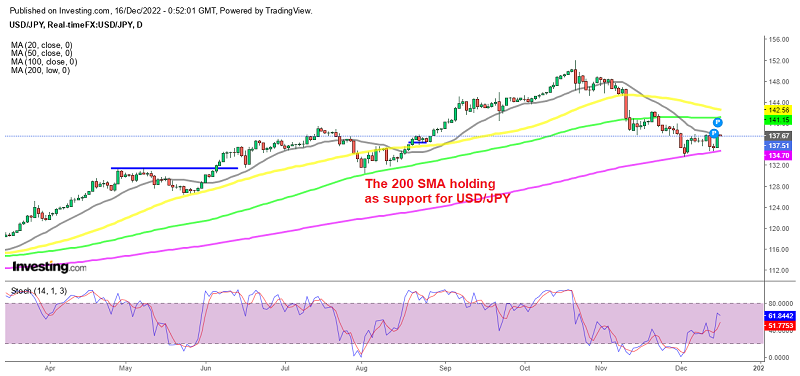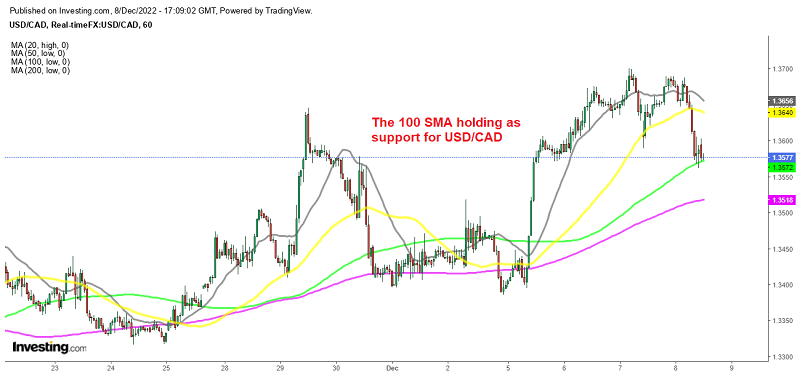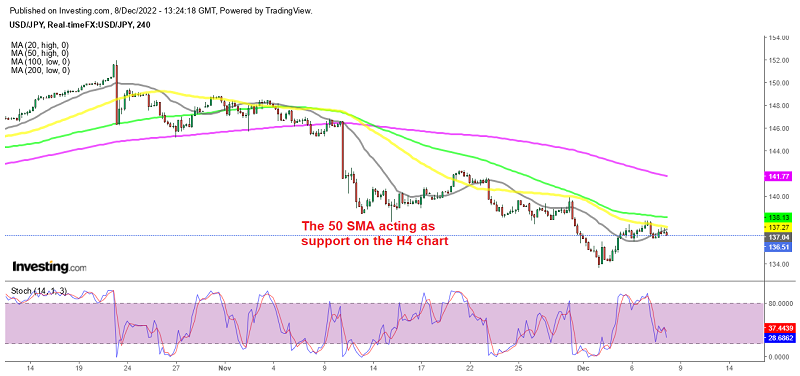Where’s The Exit? 3 Top FX Tips for Exiting Your Trades.
How do you decide when it’s the right time to exit a trade by closing your position? Are you often left wondering whether you should wait a little longer, and seek to gain a bit more, or whether it's time to collect your profits? If so, or you find yourself struggling to identify the right exit point or entry point for your trades then this post is for you.

Have you ever visited the casino? Or invested in options? Well the concept here is similar and the same dilemma always comes up. Some investors always feel that they can squeeze more out of their investments. They don’t want to blame themselves later on for exiting too soon but often, as a result, the opposite happens – their earnings shrink, turning to losses, which snowball, getting bigger and bigger.
Obviously, there is no such thing as the perfect exit strategy. Yet, it is necessary to compromise between our wish to leave as winners with a bag of money, and the importance of risk management. Eventually, in the long term, it leads to a situation in which the trader experiences fantastic periods and mediocre ones, but hardly ever disastrous periods.
The best exit strategy is to trade with trailing stops. These allow you to boost your profits as long as the charts progress in your favor. By defining trailing stops at a sensible distance from the chart you can prevent yourself from getting into trouble should the chart turn around and go against you. This might happen due to changing sentiment, breaking news that shakes the market, or when the price hits strong support or resistance and changes its momentum as a result. By setting trailing stops you can ensure that when prices hits this point and your position closes automatically, a certain percentage of profits is in the bank.
Another great exit strategy is to use technical tools that are efficient at spotting entry and exit points on the chart. I call these tools trend identifiers. Let’s have a look at a couple of them.
Using two Moving Averages can do the job for you. I prefer setting one line on 5' and the other one on 15'. Our exit sign comes when one moving average crosses the other. Using longer time frames for your averages can suit those traders who seek the possibility to create higher gains, but they are less accurate, and tend to alert you a bit too late. See how two moving averages look on the chart:

RSI is another good trend identifier. It appears beneath the chart and you will find it easy to look at it. Once it goes beneath the 70' level it is time to close your long position. If you go short, then when RSI goes above 30' consider exiting your trade.

Losing trades are the times at which successful traders are measured. The best traders will try to cut their losses to a minimum, and continue on to the next trade. The most common mistake traders make is to keep moving their exit points in a losing direction, waiting for a change in the trend's direction and hoping that this point is just around the corner. This might work on a few occasions, but in general it is devastating. All things considered it is much better to lose out on a bit more potential profit, or to swallow some minimal losses every now and then, than to let trades run too long and experience enormous losses that can “kill” your investment.
Have you got any experiences of exiting trades you’d like to share? Please tell us more.
- Check out our free forex signals
- Follow the top economic events on FX Leaders economic calendar
- Trade better, discover more Forex Trading Strategies
- Open a FREE Trading Account


